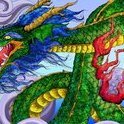Sign in to follow this
Followers
0

Zhan Zhuang in Baguazhang/to stand or not to stand
By
spiraltao, in General Discussion

By
spiraltao, in General Discussion